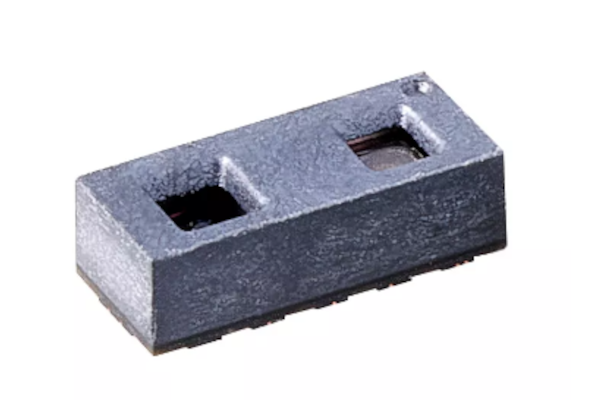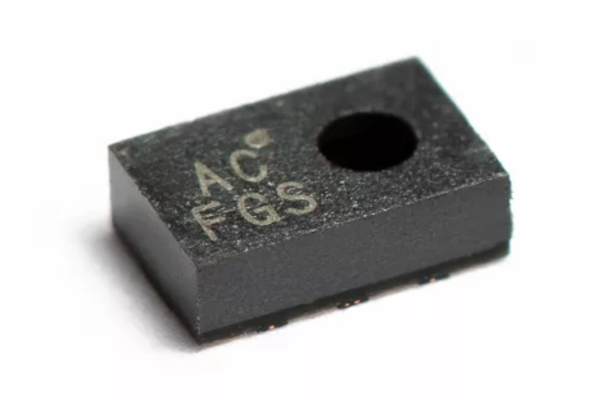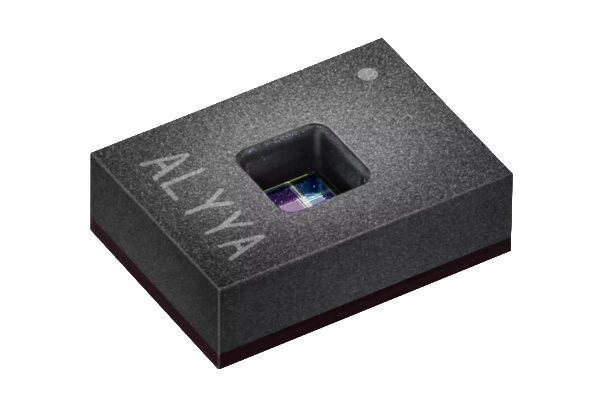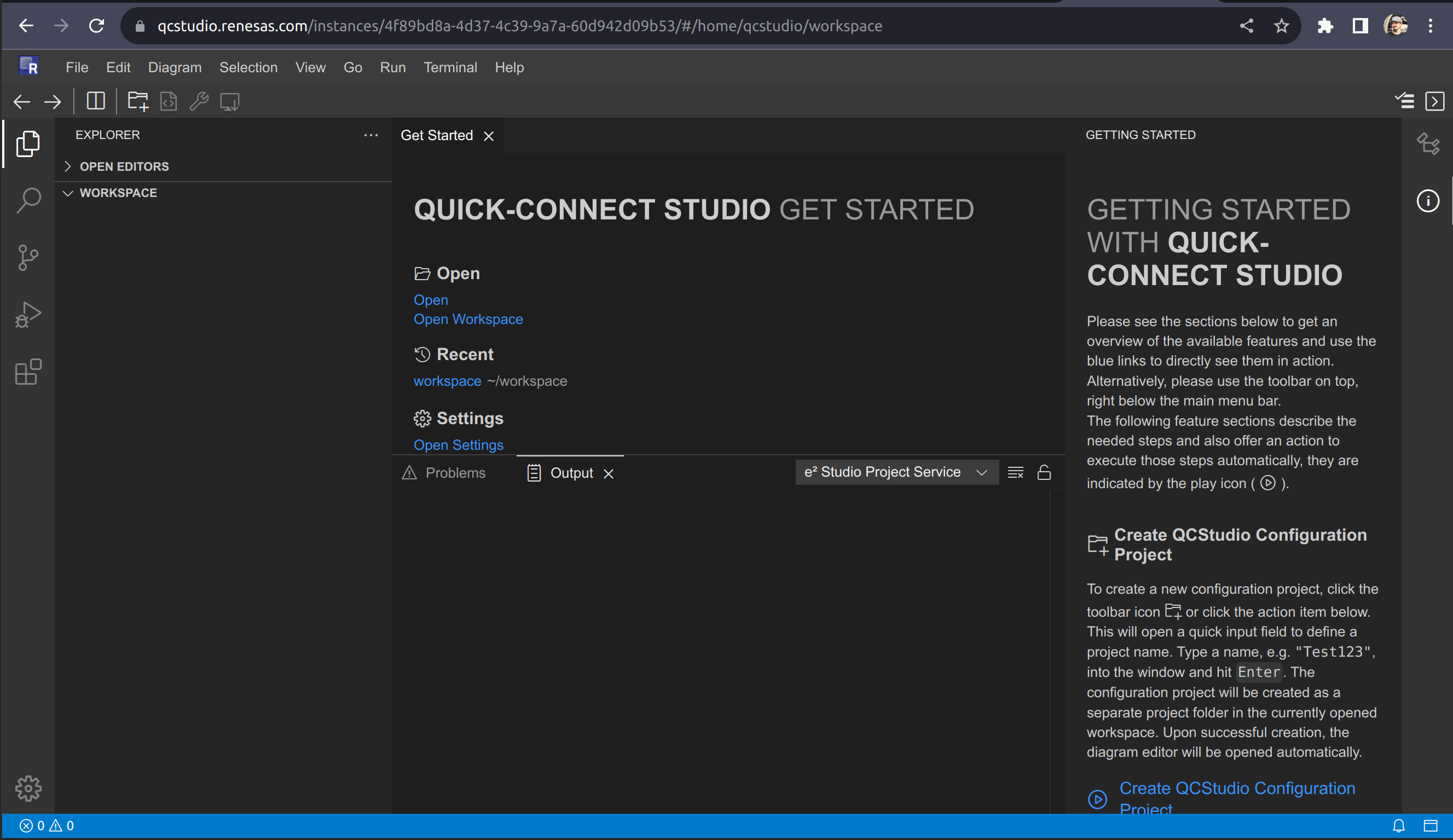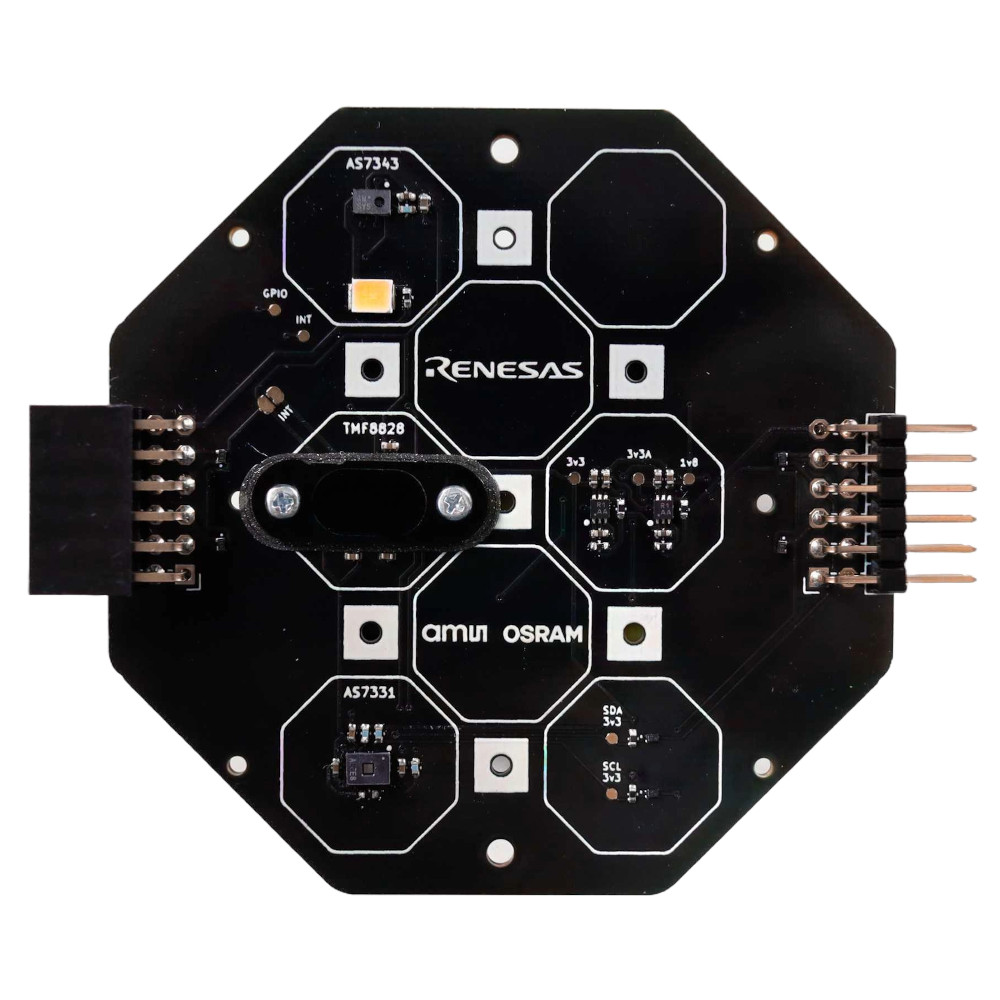
PMOD Sensor Evaluation kit
AMS-OSRAM
TMF8828 - 8x8 multi-zone Time-of-Flight Sensor
AS7343 - 14-channel spectral sensor including XYZ
AS7331 - Spectral UV Sensor
Soon available on DigiKey!
